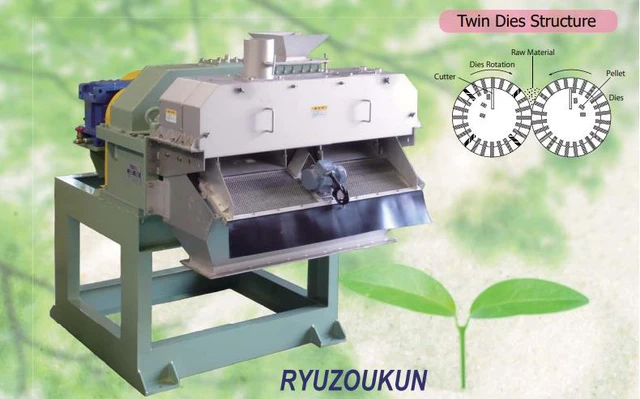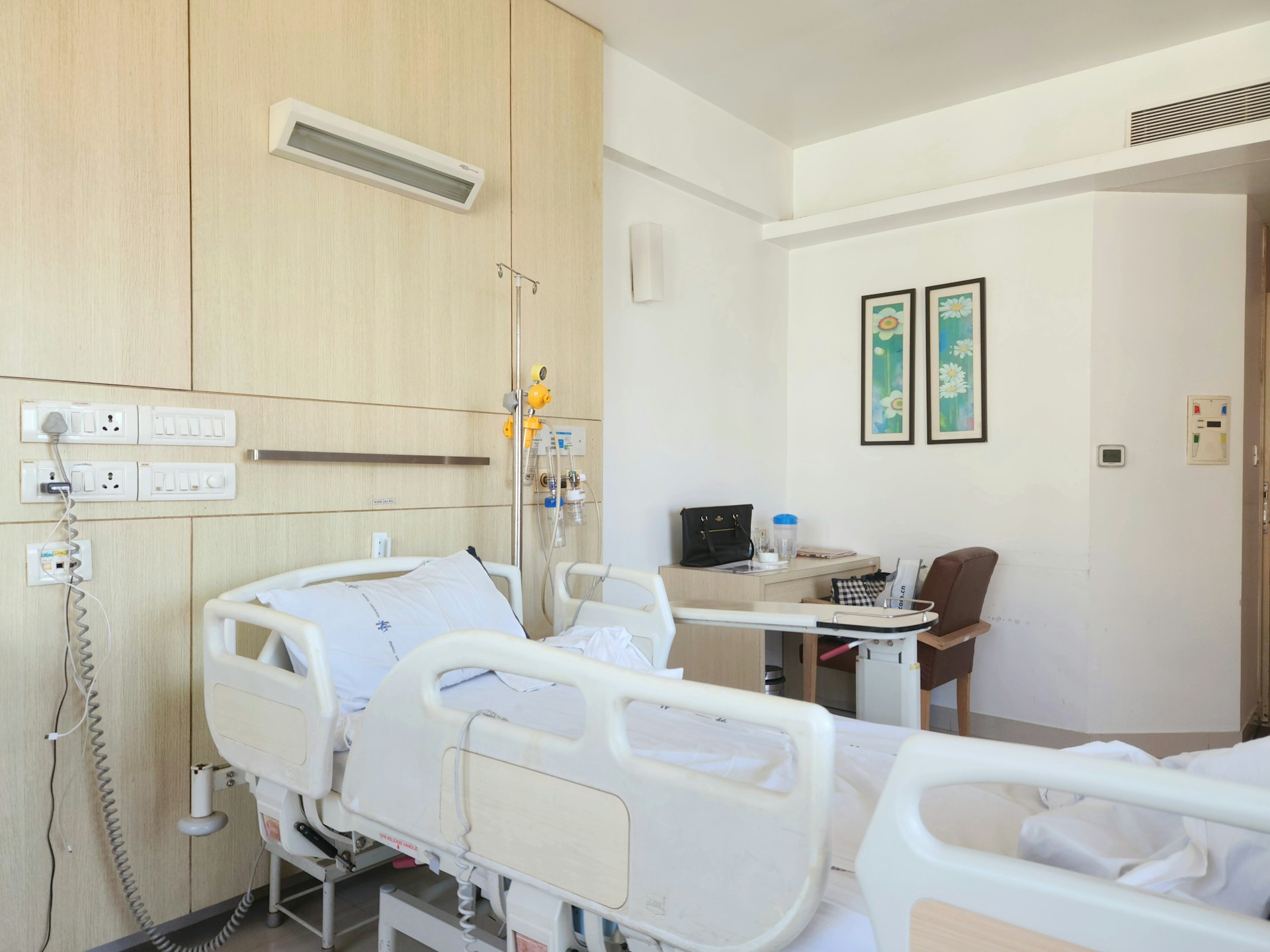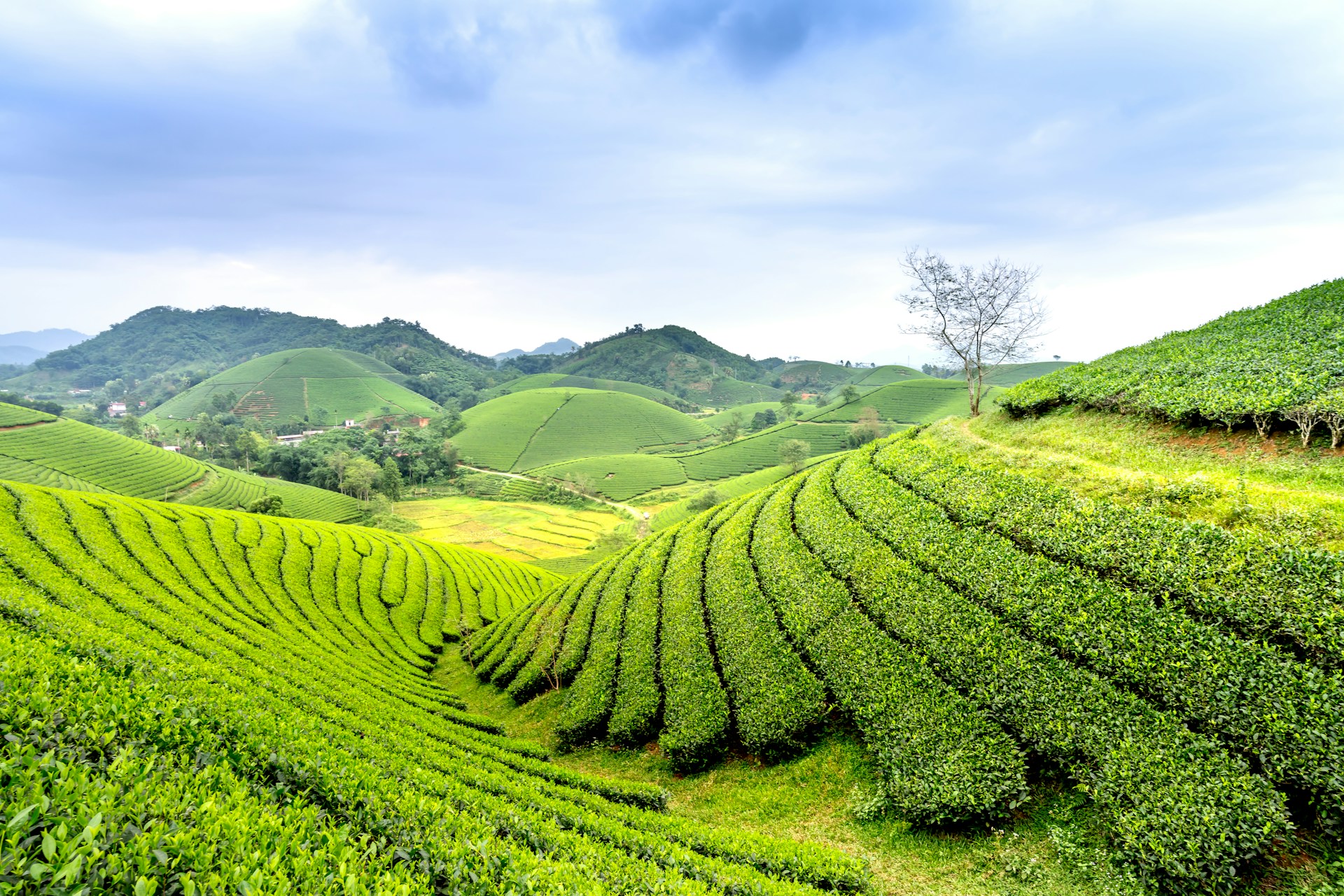
15Apr2020
Industry Reviews
Comments: No Comments.
Market overview
The market for functional food is one of the fastest growing markets. According to a report published in 2019 by Grand View Research, the global scale was worth USD 161.49 billion in 2018. The global market size is projected to reach USD 275.77 billion by 2025 and is anticipated to expand at a CAGR of 7.9% during the forecast period. In South East Asia, since 2011, functional food markets have experienced rapid growth, worth USD 17.4 billion in 2016 and 9% CAGR is forecast between 2015 and 2020 (L.E.K. Research & Analysis, 2018). The market size for functional food in Vietnam was worth USD 1,792 million in 2015, ranked 3rd among ASEAN countries. However, its’ growth rate from 2015-2020 was highest among all countries in the region.

Since 1999, functional food products from other countries started to be officially imported into Vietnam. At the same time, due to the abundance of raw materials, along with the age-old traditional medicine and the availability of production lines, local manufacturers started to enter functional food market.


In 2000, there were only 13 companies and 63 functional food supplements in the market, which were all imported. The number of enterprises having functional food business rose significantly to over 4,000 in 2017, with 836 local manufacturers, producing about 60% of the products sold in the market. Imported products no longer hold the dominant position but still take up high proportion of the market size (around 40%).
The price of functional foods in Vietnam varies wildly and is considered high compared with other countries in the region. One important factor causing these high prices is the tax rate for importing raw materials and functional food products, which is 30% (Circular 1140/TCHQ-TXNK).
Consumers behaviors
Along with the increase in the number of suppliers, the community of Vietnamese consumers of functional food products also expanded. According to a report published by The Conference Board Global Consumer Confidence and Nielsen in 2019, the first and foremost concern of Vietnamese consumers is healthcare. In 1995, healthcare expenditure per capita in Vietnam was only 20 USD and among the lowest in the South East Asia. However, this figure reached 168.99 USD in 2016, which surpassed Indonesia, Philippines, Myanmar (World Bank). Not only Vietnamese people but also consumers worldwide consider healthy eating a good way to improve their physical condition. People tend to use many types of food in their daily meals to fulfil their nutrition needs. People of high healthcare awareness are more likely to use functional foods. According to Viet Nam Functional Food Association, in 2005, about 1 million Vietnamese people in 23 provinces (1.1% of the population) used functional food while i n 2010, there were 5.7 million Vietnamese people in 63 provinces and cities (accounting for 6.6% of the population) using functional food. According to the Department of Food Safety, in 2011, 43% of Ho Chi Minh adult citizens and 63% of Hanoi adult citizen used functional food.
In February 2019, B&Company conducted an online survey about functional food consumption in Vietnam. Among 364 respondents aged 18-39 all over the country, 67% of them have experience buying functional food products in the past 12 months (93% buy for themselves while 76% buy for elderly people in the family). Among 243 respondents who purchased functional food in the past 12 months, 50% purchased these products at least once per month. 45% of those people earning 15 million VND per month spent more than 5 million VND for functional food. Three most important factors that buyers consider when purchasing functional food products include: (1) Source of Origin, (2) Good and verified quality, (3) Safe to use.

Functional food products with physical enhancement functions is the most popular.

– As people age, they tend to buy more types of functional supplements, especially to support disease treatment.
– Young people buy fewer types of supplements
– Men buy a variety of supplements to help reduce stress, lower cholesterol, and control blood pressure while women buy more anti-aging and beauty products.
– People with higher incomes buy more functional foods than people with lower incomes.
Distribution channels
Distribution channels for functional food in Vietnam include:
- Pharmacy (including household stores and chains such as Long Chau, VinFa, Pharmacity, etc.)
- Health & Beauty retail drugstore (Eg: Medicare, Watson, Guardian, etc.)
- Supermarkets
- Specialty stores
- Online stores
- MLM (Multi-level marketing): Herbal Life, Unicity, etc.
- Hand-carried goods (imported goods carried in hand luggage)
- Others (including through recommendations of doctors, clinics, hospital; OR gym centers – for diet products, etc.)

B&Company’s survey shows that most people visit pharmacies when they want to buy functional food (67%). Other channels like hand-carried goods and specialty stores are favored by young people.
Our survey also shows that functional food products from Japan, US and Korean are the most popular for Vietnamese consumers. Local products are also very common.
Government regulations
Governance: The Department of Safety and Food Hygiene – Vietnam Ministry of Health is the competent authority for functional food products.
Definition: Vietnam Ministry of Health defines functional foods as a kind of food used to support the functions of the parts in the human body, having nutritional effects, creating comfortable body condition, increasing resistance and reducing risks of diseases. Depending on the recipe, nutrient content and user guide, functional foods have other names as well: micronutrients supplement foods, supplement foods, health protection foods, and medical nutritious products.
Classification: According to Vietnam Functional Food Association, there are several ways to categorize functional food products, as follows:
- Categorizing by processing methods: including 4 sub-groups:
- Vitamin supplements (vitamins C, E, …)
- Mineral supplements (calcium, magnesium, zinc, iron)
- Biologically active supplements (DHA, EPA)
- From herbs (Ganoderma, ginseng, …)
- Categorizing by Product Forms
- In the forms of Medicine (tablets, liquid, powder, tea, alcohol, food for special use, etc. )
- In the forms of Food (porridge, nutritious food, soup, etc.)
- Categorizing by functions: including 26 sub-groups. Examples include:
- Anti-aging
- Digestion
- Reducing blood pressure
- Boosting immunity
- Supporting diseases treatment (cancer, gout, etc.)
- Etc.
Legal framework relating to functional food:
| No | Regulation | Key highlights |
| 1 | Circular 08/2004/TT-BYT | The first management tool applied to functional food industry in Vietnam. It regulates: – Conditions for determining a functional food and the requirements for declaration of food safety and hygiene before being put on sale. – Management for functional foods and implementation organization. |
| 2 | Food Safety Regulation 2010 | – The official definition of functional foods – Safety assurance conditions and labeling requirements for functional foods |
| 3 | Decree 38/2012/NĐ-CP | Providing details on the implementation of Articles relating to functional foods on Food Safety Regulation 2010. |
| 4 | Circular 15/2012/TT-BYT | Providing conditions to ensure food safety (including functional foods) for food production and business facilities. |
| 5 | Advertisement Law 16/2012/QH13 | Tightening regulations on advertising of functional foods |
| 6 | Decree 178/2013/NĐ-CP | Regulating sanction of administrative violations on food safety (including functional foods) |
| 7 | Decree 181/2013/NĐ-CP | Providing details on the implementation of Articles relating to functional foods on Advertisement Law |
| 8 | Decree 158/2013/NĐ-CP | Regulating sanction of administrative violations on functional food advertisement |
| 9 | Circular 43/2014/TT-BYT | The latest and the most powerful tool for managing functional foods. It regulates: – Food safety requirements – Testing – Labeling – Advertising – Conditions for producing, trading, preserving – Etc. |
Opportunities and challenges
Health care is a big market in Vietnam and functional food is the new trend as Vietnamese consumers now care about their health more than ever and are willing to spend more on wellness.
However, challenges also exist. Although the functional food market has lightening development speed, it is also becoming more difficult to control. One of the most pressing issue is the counterfeit products, which exert negative effects on consumers’ health and original manufacturers’ benefits. Various actions have been taken by the authorities to prevent these trade frauds and intellectual property violations, yet, the situation remains complicated.

Phuong Uyen
REFERENCES:
- https://www.reportlinker.com/p05767979/Functional-Foods-Market-Size-Share-Trends-Analysis-Report-By-Ingredient-By-Product-By-Application-And-Segment-Forecasts.html?utm_source=PRN
- https://insights.figlobal.com/sites/figlobal.com/files/uploads/2018/01/2018-Hi-SEA-Market-Review_final-2.pdf
- https://www.nielsen.com/vn/vi/insights/article/2019/suc-khoe-tro-thanh-moi-quan-tam-hang-dau-cua-nguoi-tieu-dung-viet-nam-trong-quy-2-nam-2019/
- http://www.vaff.org.vn/kien-thuc-35/5-cach-phan-loai-thuc-pham-chuc-nang-b3471
- http://www.haiquan.hochiminhcity.gov.vn/h%C6%B0%E1%BB%9Bng-d%E1%BA%ABn-%C3%A1p-thu%E1%BA%BF-%C4%91%E1%BB%91i-v%E1%BB%9Bi-th%E1%BB%B1c-ph%E1%BA%A9m-ch%E1%BB%A9c-n%C4%83ng.aspx
- https://data.worldbank.org/indicator/SH.XPD.CHEX.PP.CD







































